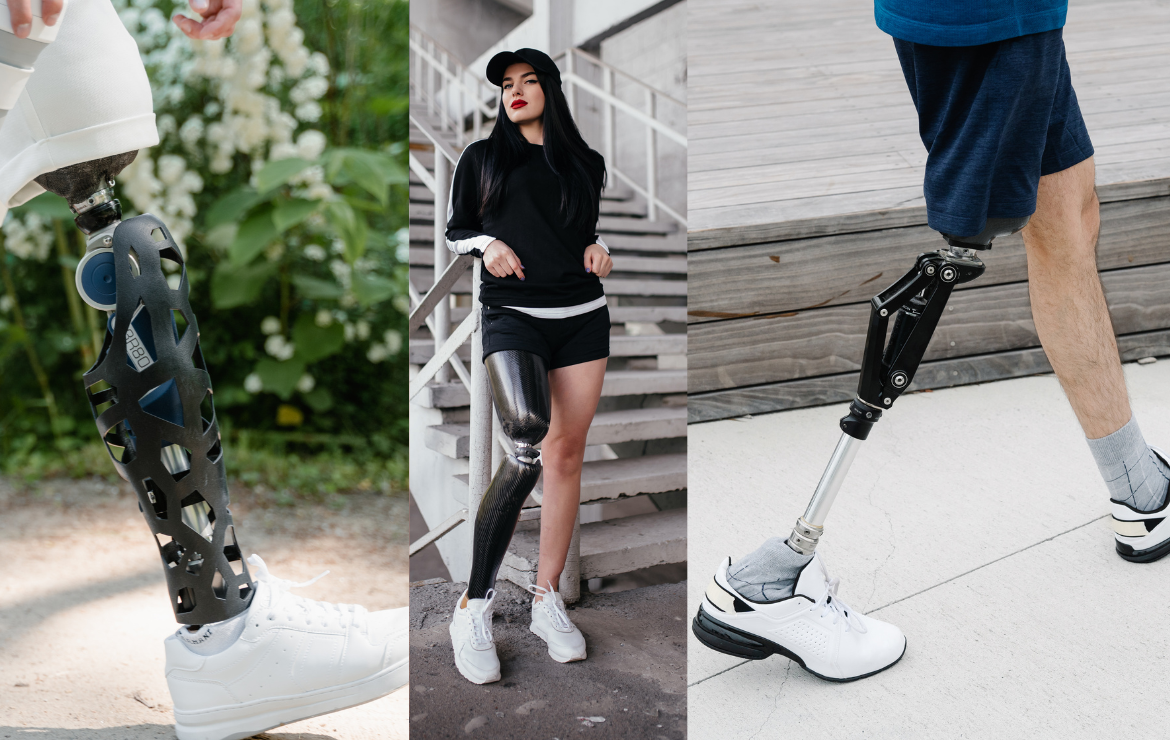Determining Medical Necessity: How Many Prosthetics Does an Injured Worker Need?

Navigating the question of medical necessity regarding prosthetics in workers’ compensation cases can be complex. Adjusters and nurse case managers often face inquiries about how many prosthetics are medically justified for an injured worker. Here’s a practical overview to clarify this important issue.
Factors Influencing Medical Necessity
Determining the medical necessity of multiple prosthetics is individualized and depends on several key factors:
Functional Requirements and Lifestyle
The injured worker’s daily activities, occupational demands, and personal lifestyle significantly impact prosthetic needs. For instance:
- Occupational prosthetics: Specialized prosthetics tailored to job-specific tasks.
- Recreational prosthetics: Designed for sporting or leisure activities.
- Everyday prosthetics: General-purpose prosthetics suitable for typical daily activities.
- Worker compensation guidelines: there are states that prosthetic device limitations that can impact positively but also negatively against return-to-work goals.
Clinical Recommendations
Medical professionals evaluate the worker’s specific clinical conditions, such as:
- Residual limb condition and stability
- The overall health and comorbidities of the injured worker
- Cognitive ability to functionally manage a complex prosthetic configuration
- The presence of secondary complications (e.g., skin breakdown, infections)
Prosthetic Lifespan and Technological Advances
The functional lifespan of prosthetics and rapid technological advancements mean prosthetics typically require periodic replacement or upgrading. Replacement becomes necessary when:
- Prosthetics reach the end of their functional lifespan (usually 3–5 years)
- Technological upgrades offer significant improvements in function and safety
- Changes in the injured worker’s physical condition or lifestyle occur (primarily weight gain)
Typical Medical Justifications for Multiple Prosthetics
- Primary Prosthetic: Essential for basic mobility, functional independence, and quality of life.
- Secondary (Backup) Prosthetic: Medically justified as necessary for maintaining independence and preventing secondary injuries or complications during repairs or servicing of the primary prosthetic.(the primary prosthesis transitions to a back up product)
- Specialized Prosthetics: Justified for workers with specific occupational or lifestyle demands (e.g., water-resistant, non-conductive and corrosion resistant limbs for certain work environments or recreational limbs).
Ensuring Cost-Effectiveness
While ensuring appropriate clinical outcomes, cost-effectiveness is also vital. Here’s how to balance medical necessity with cost containment:
- Clear documentation: Require detailed clinical justification from treating prosthetists and physicians for each prosthetic requested.
- Regular reassessments and service: Periodic assessments by specialists to confirm ongoing medical necessity and maintaining service and monitoring of service.
- Collaboration with stakeholders: Regular communication between the injured worker, healthcare providers, prosthetists, ancillary providers with a recovery management model and claims teams ensure alignment and justification for prosthetic needs.
Making the Right Decision
Ultimately, the goal is to provide prosthetics that enable the injured worker to achieve maximum functional independence aligned with return-to-work goals while remaining clinically appropriate and financially responsible. Zack Craft, VP Complex Claims at MTI America, states that a prosthetic is not just a multi-line item transaction that delivers a product to an injured worker, but a recovery model that supports the injured workers recovery not just physically but through emotion recovery from injury through returning to work. By carefully evaluating medical recommendations, considering the individual’s unique functional needs, and collaborating effectively among all stakeholders, including recovery management ancillary providers, adjusters and nurse case managers can confidently determine how many prosthetics are medically necessary, facilitating optimal outcomes and successful recovery.









